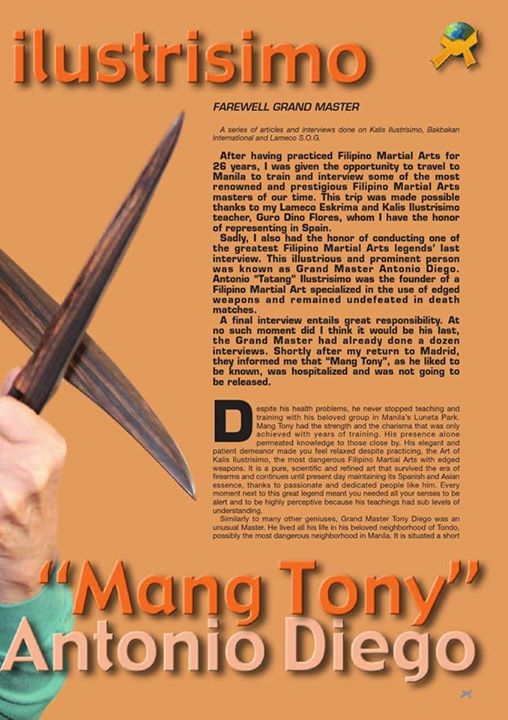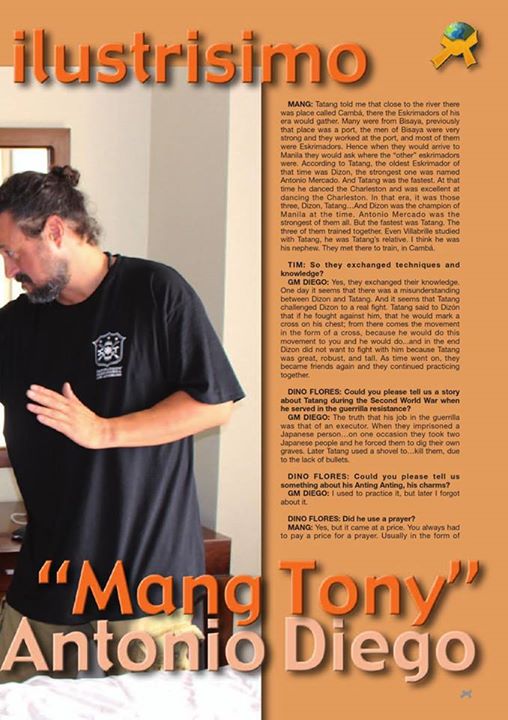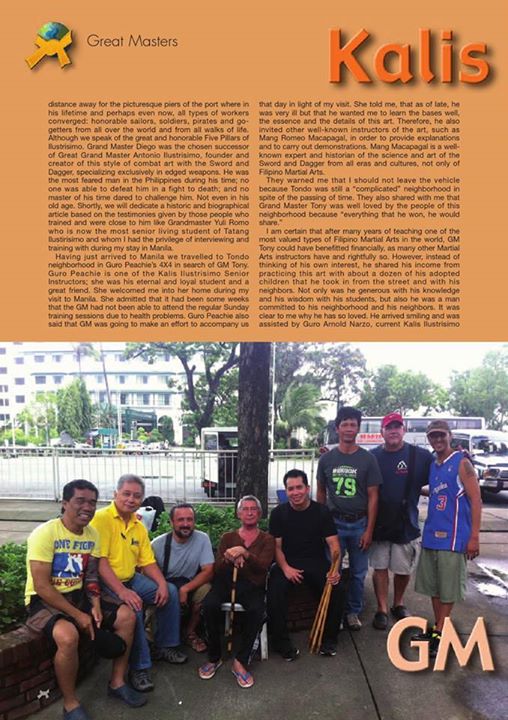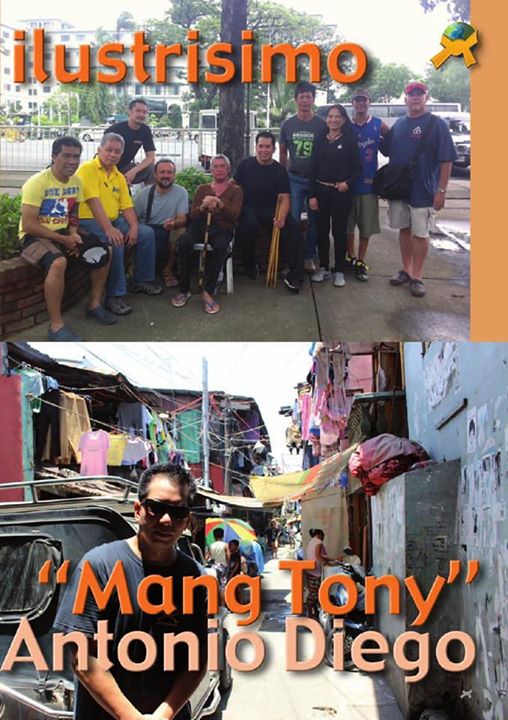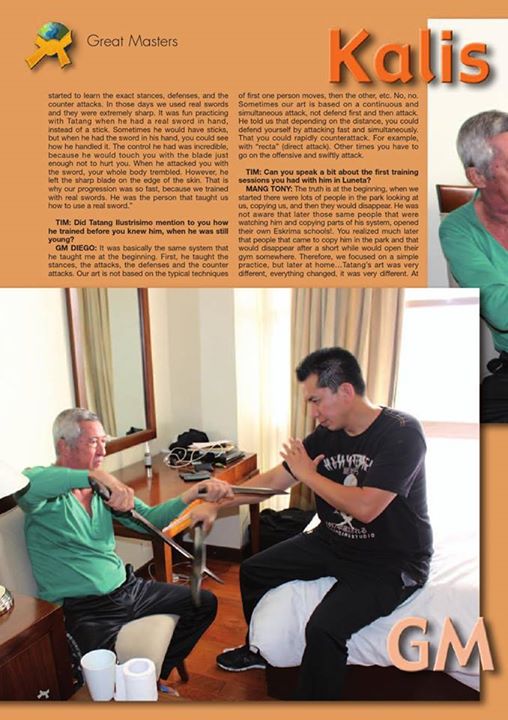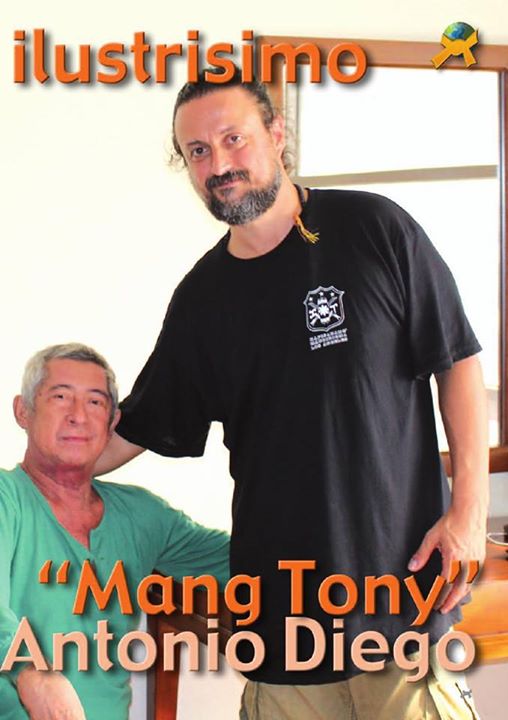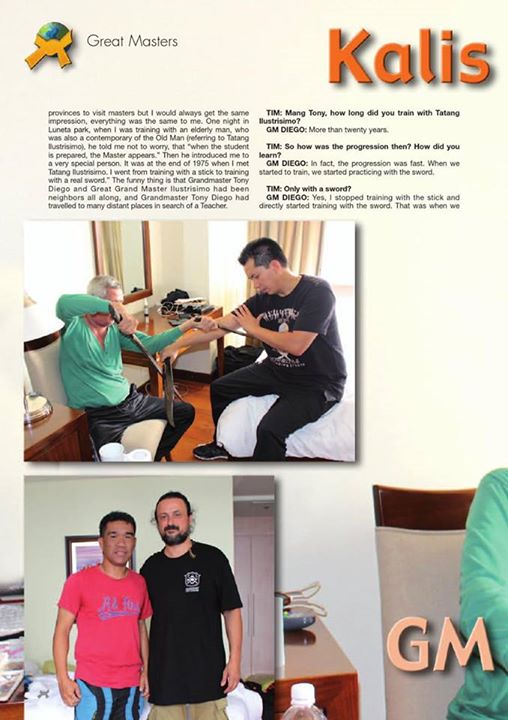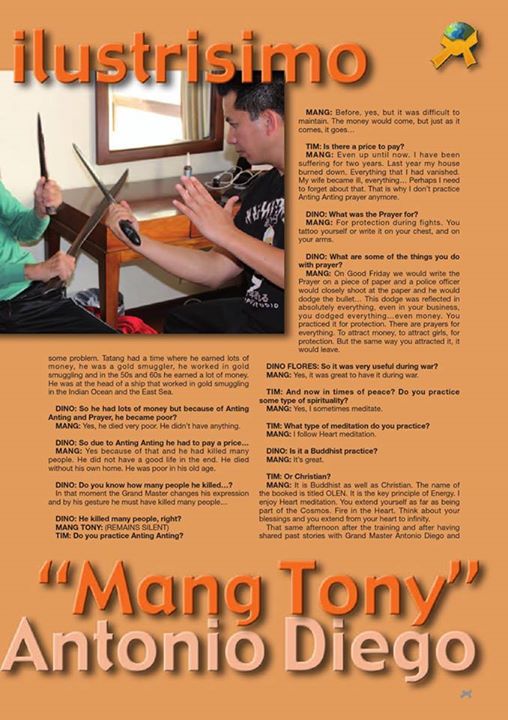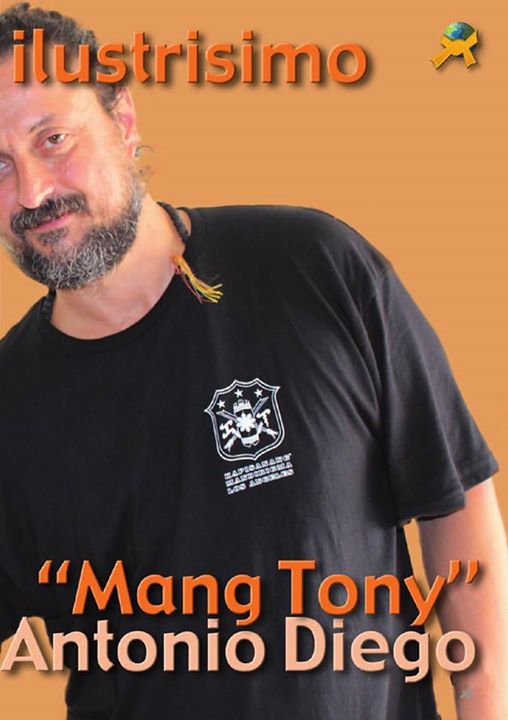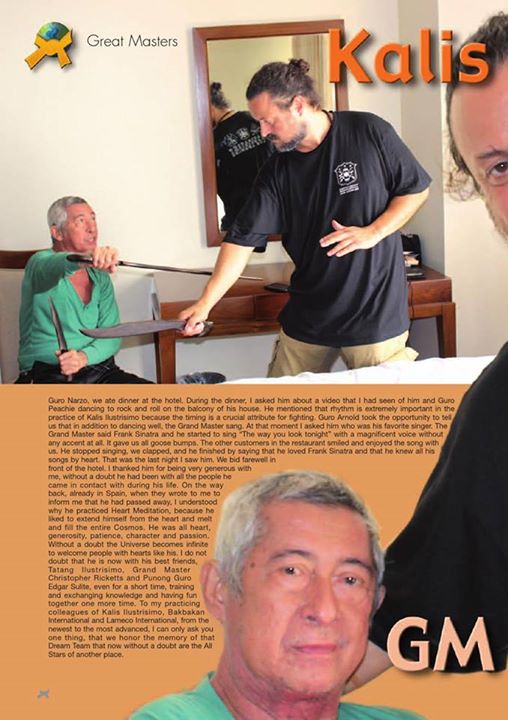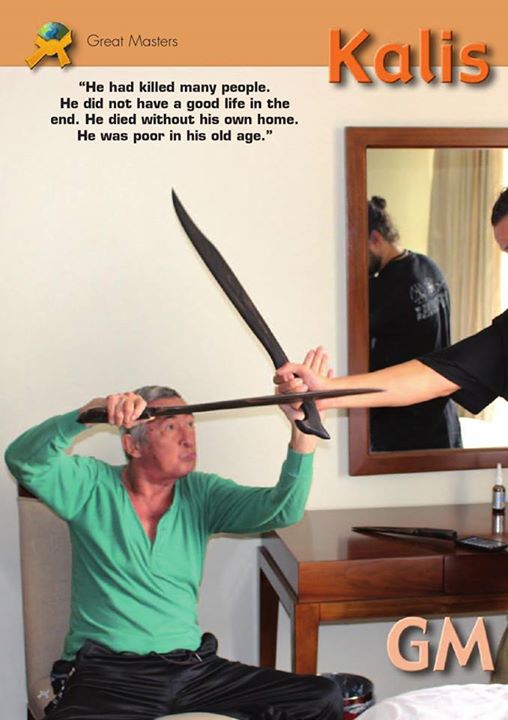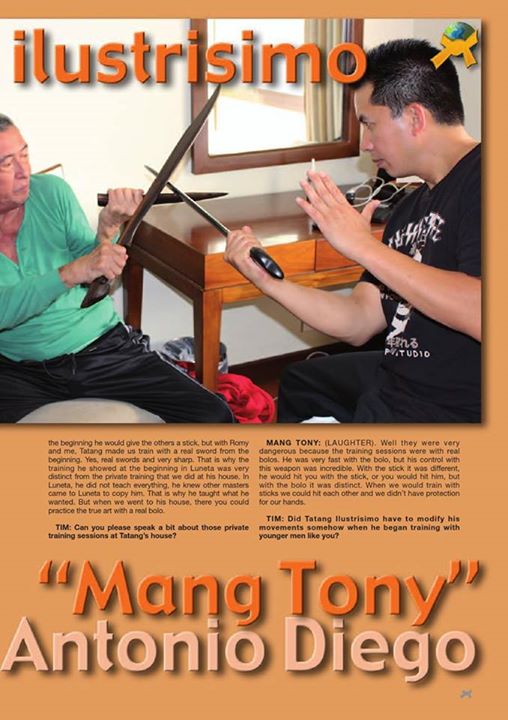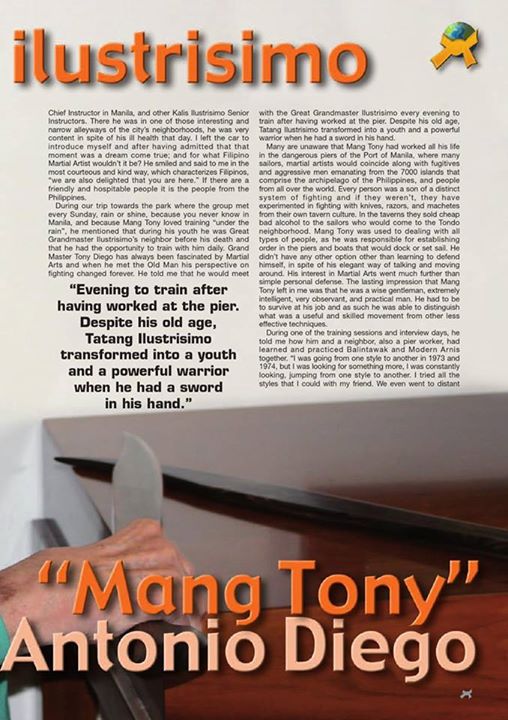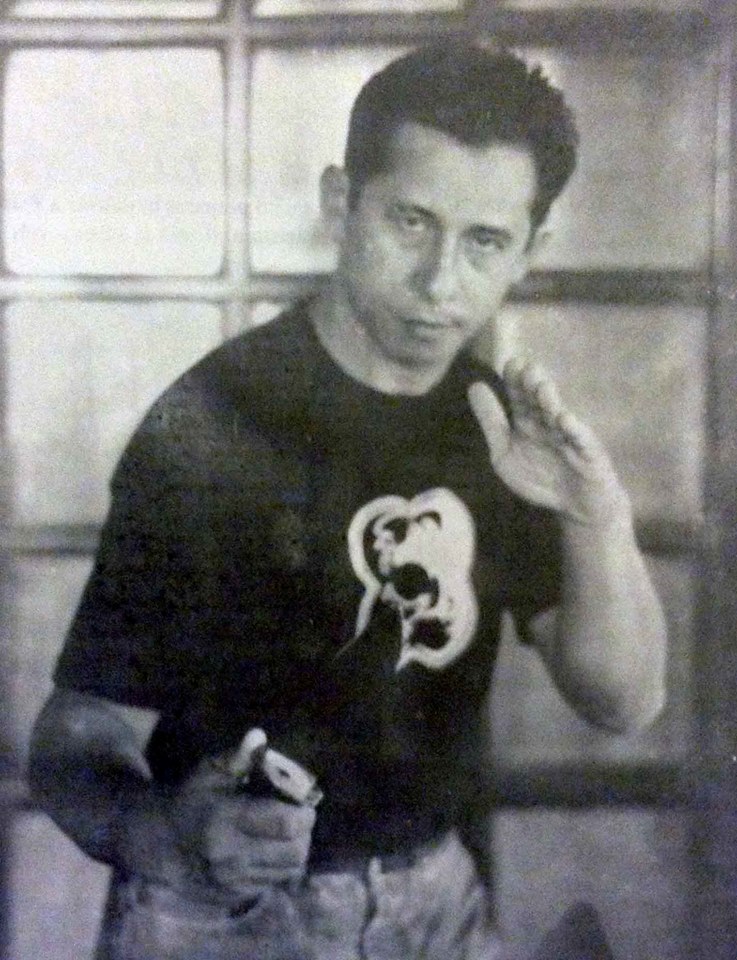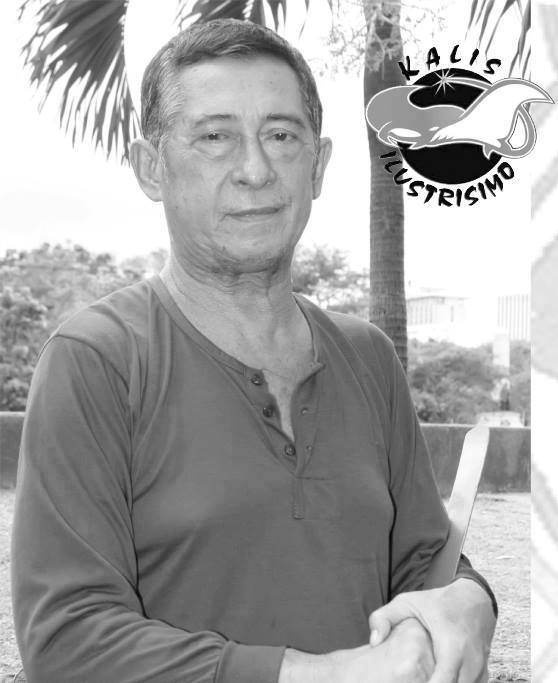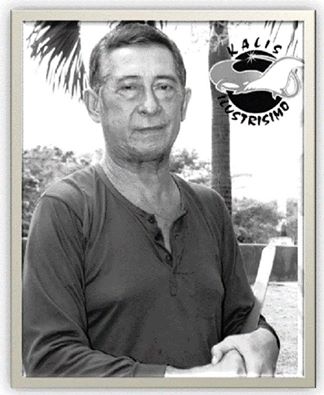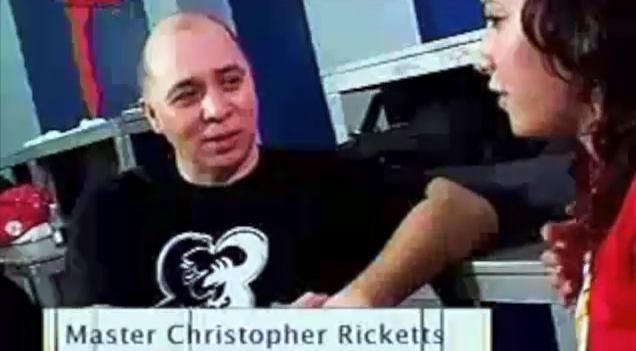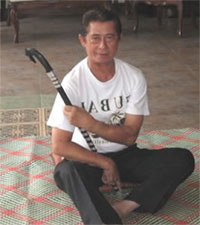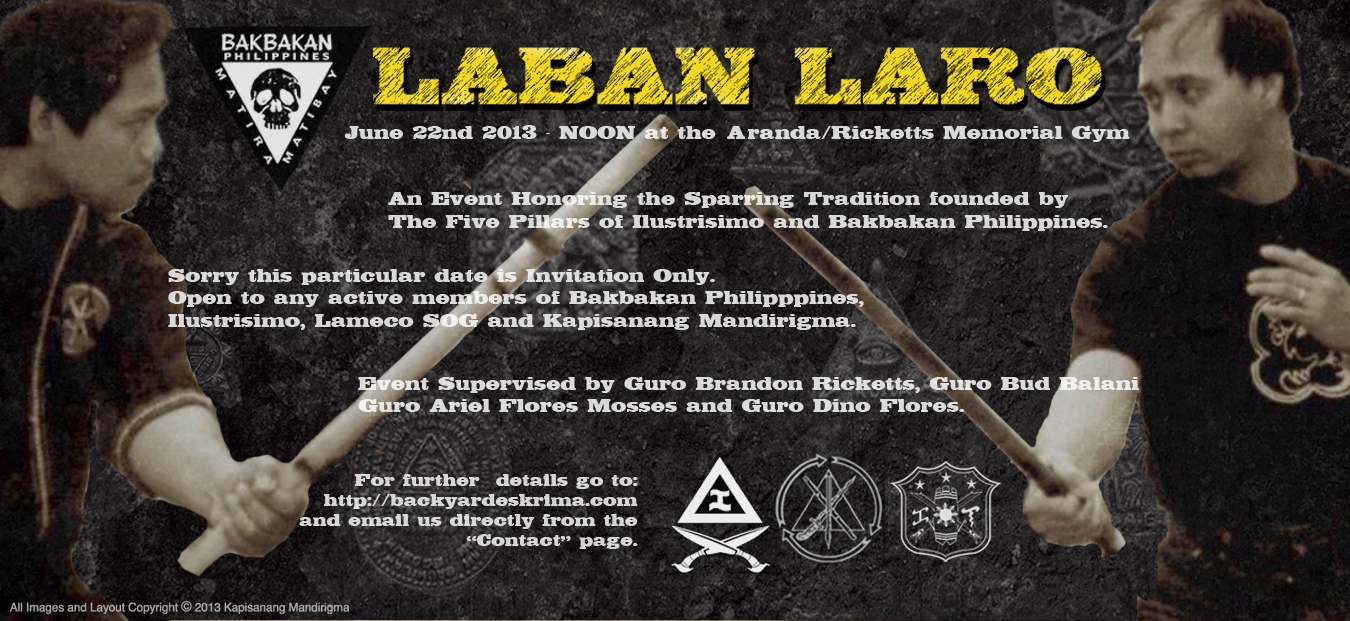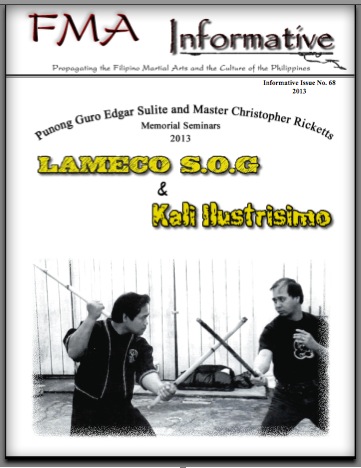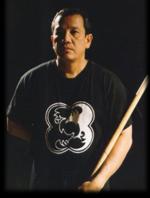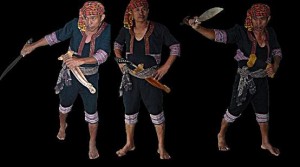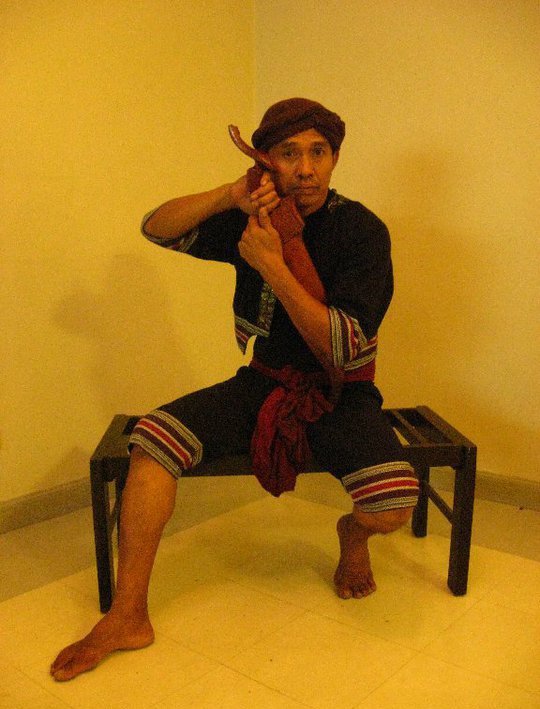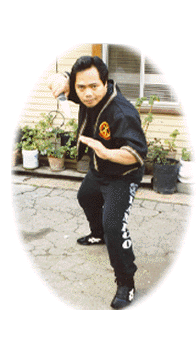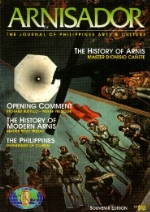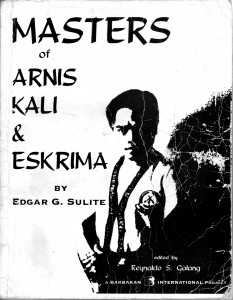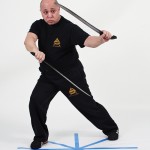Kali Ilustrisimo: The Sword Fighting Art of Antonio Ilustrisimo
By Master Christopher Ricketts, Guro Bruce Ricketts, Guro Brandon Ricketts
http://www.blurb.com/b/6612146-kali-ilustrisimo-the-sword-fighting-art-of-antonio
ABOUT THE BOOK
With over 3 decades of intensive training in both
Filipino & Chinese disciplines, Christopher Ricketts
presents Kali Ilustrisimo as it was taught to him by
the now legendary swordsman, Antonio Ilustrisimo.
Grandmaster Ricketts brings his insight to this highly
regarded fighting art with clarity and precise
methodology that is sure to enrich any student
regardless of style or system.
Lavishly illustrated with diagrams and pictures
from Grandmaster Rickett’s personal and
comprehensive archives, experts and beginners
alike stand to benefit greatly from this presentation.
Catch a rare glimpse into the inner workings
of this uniquely Filipino fighting system.
The art and legacy of Antonio Ilustrisimo lives on.
- Author website
- https://www.facebook.com/IlustrisimoUSA


